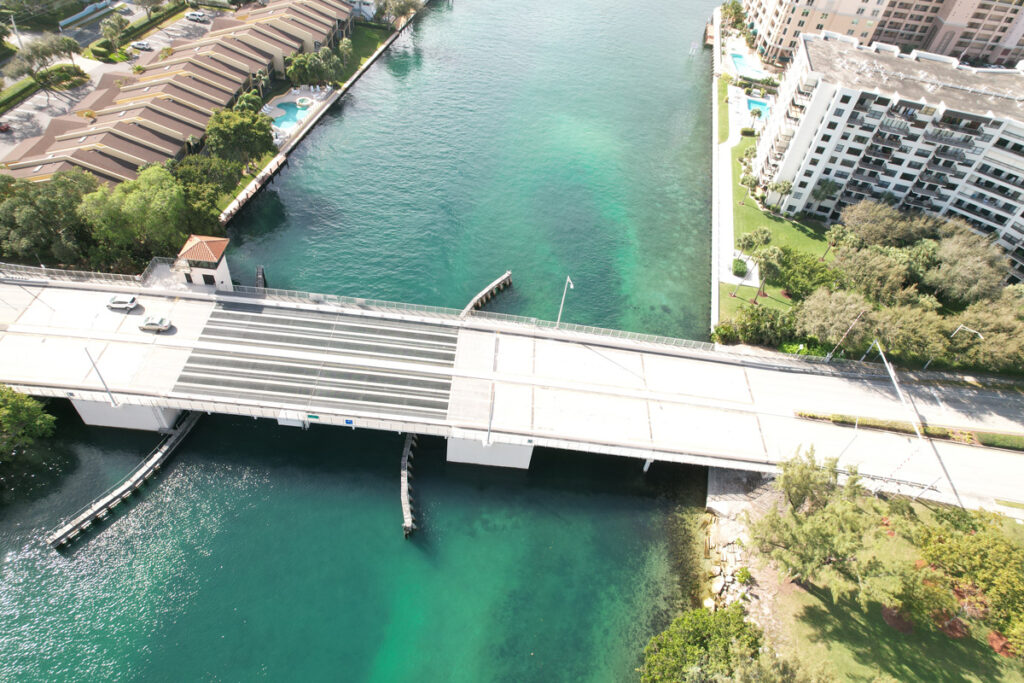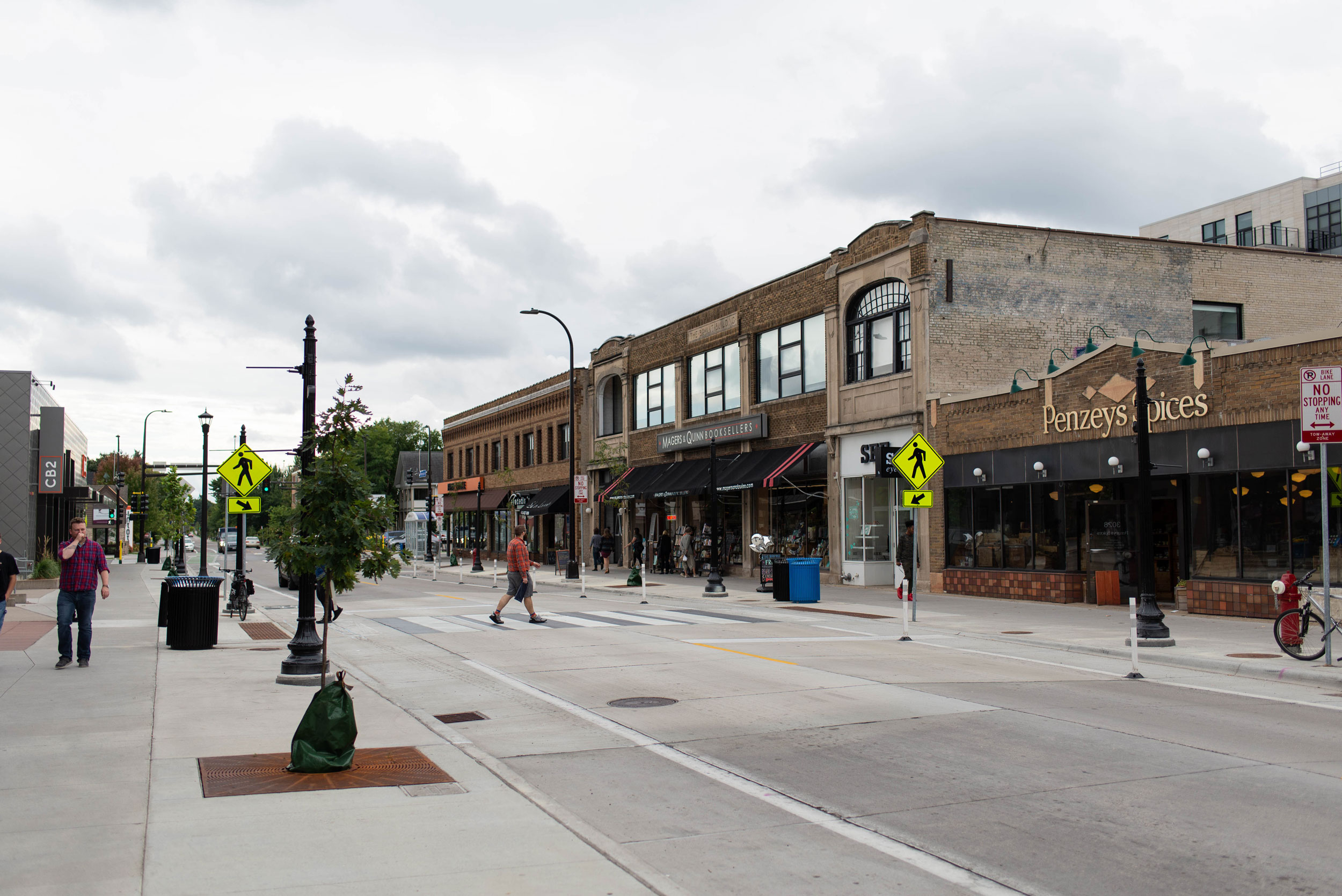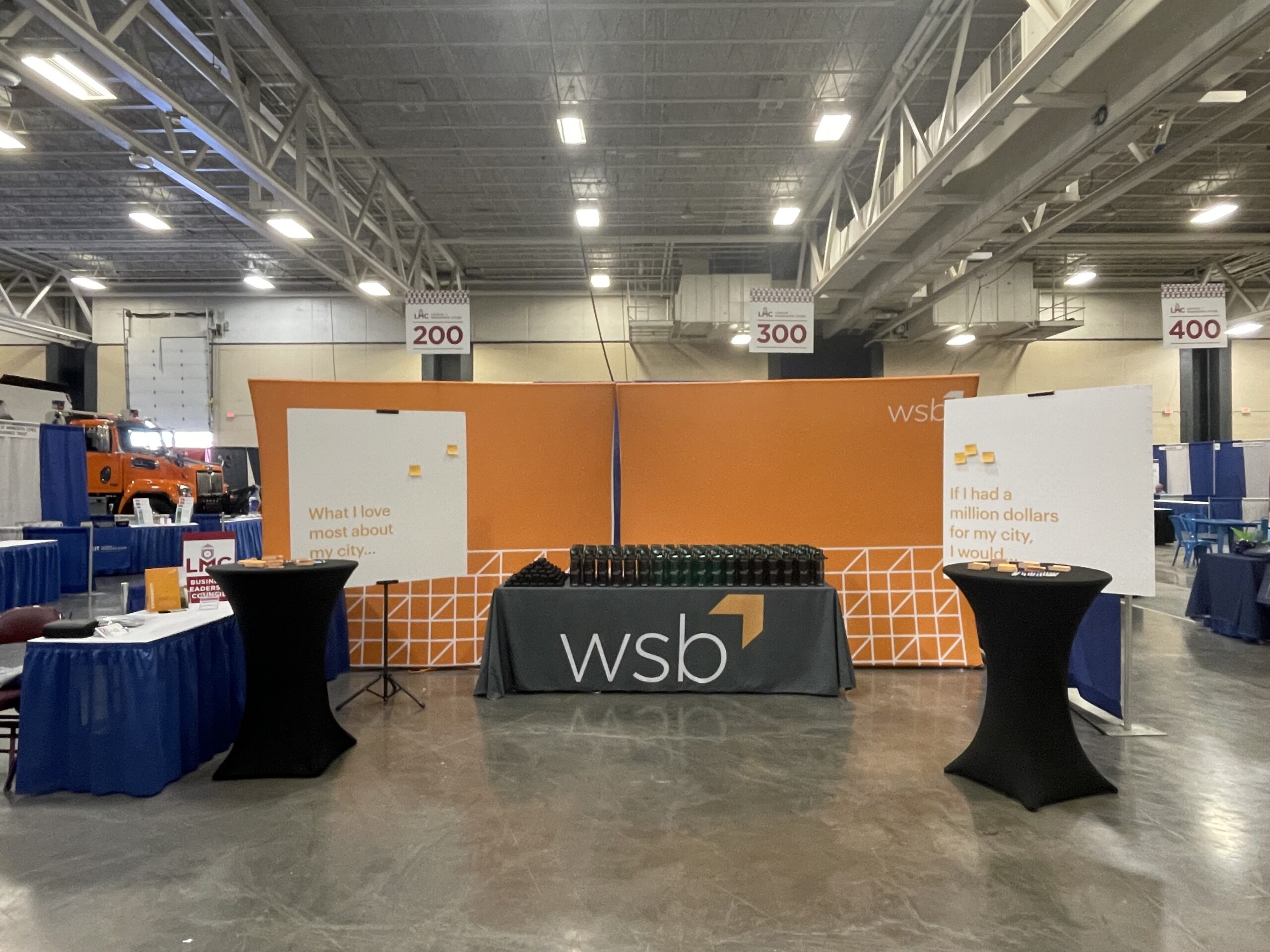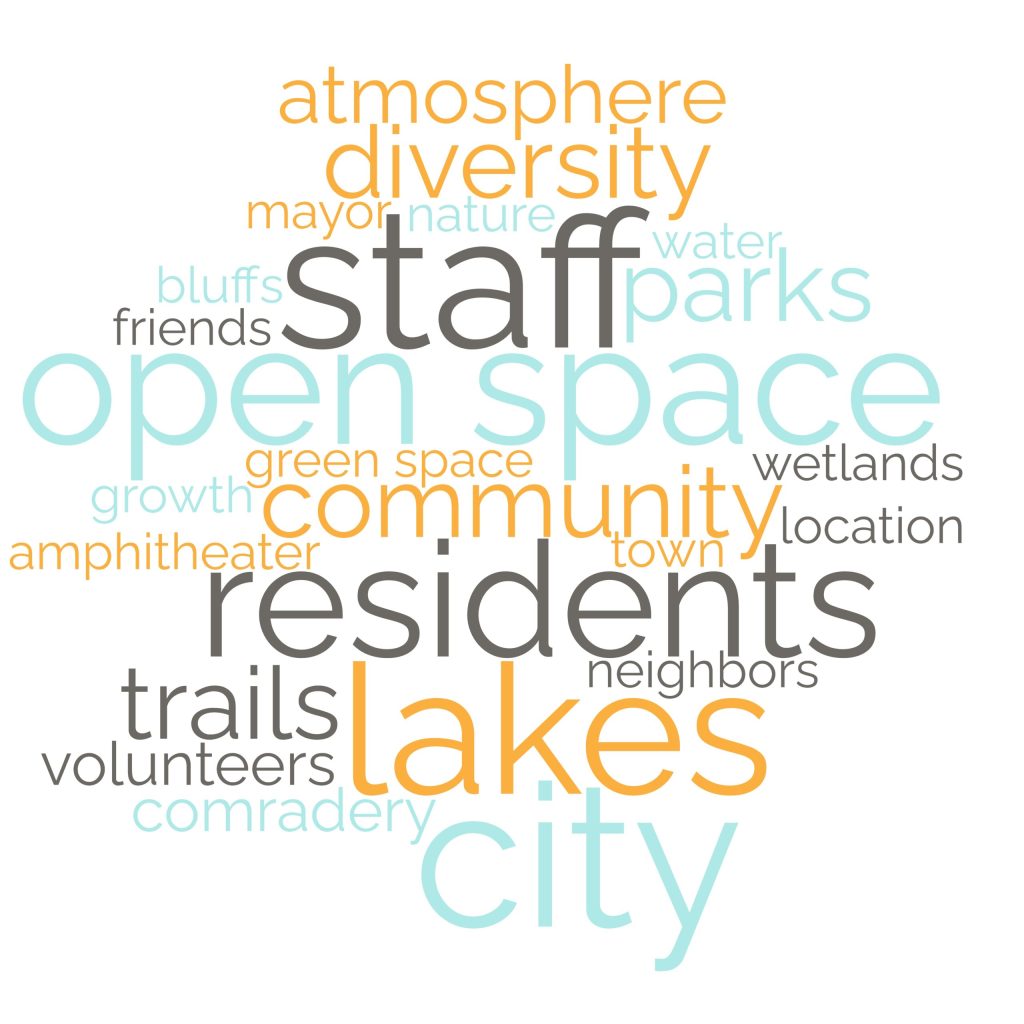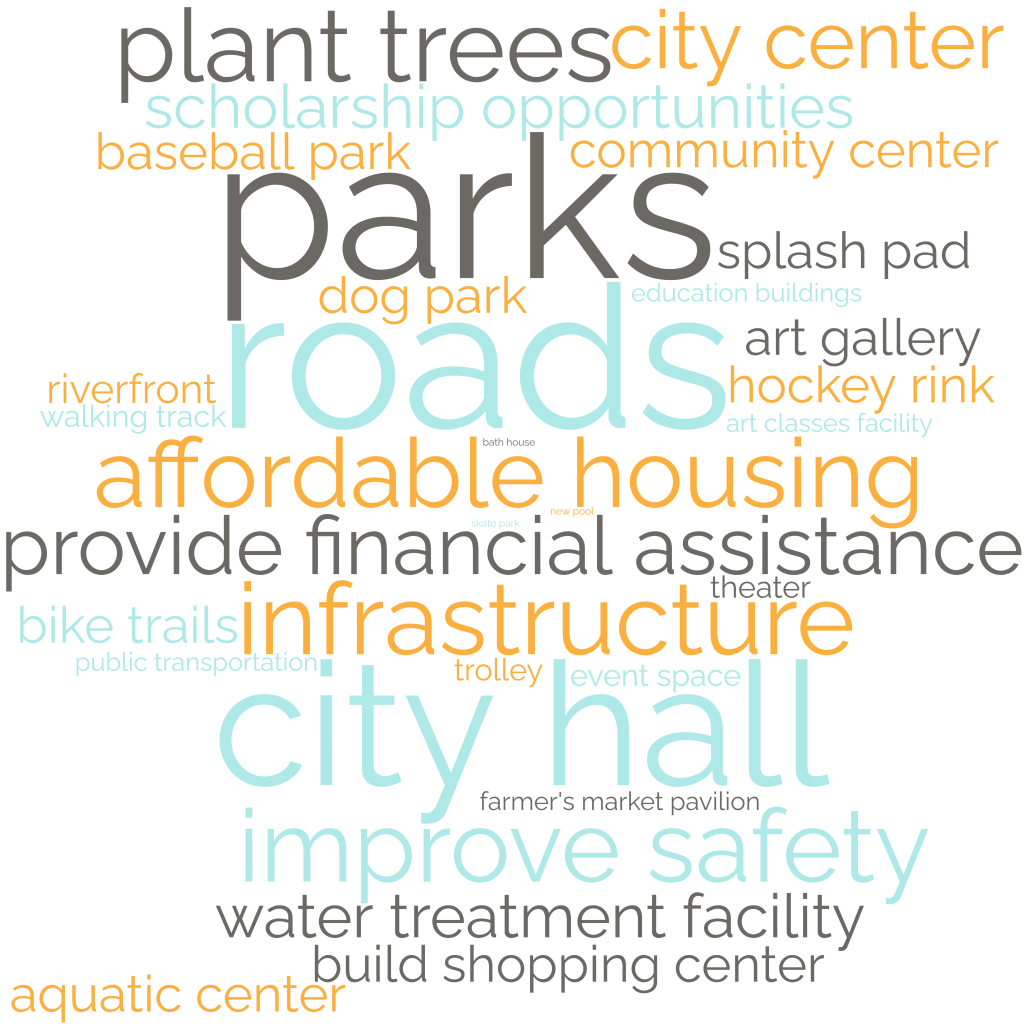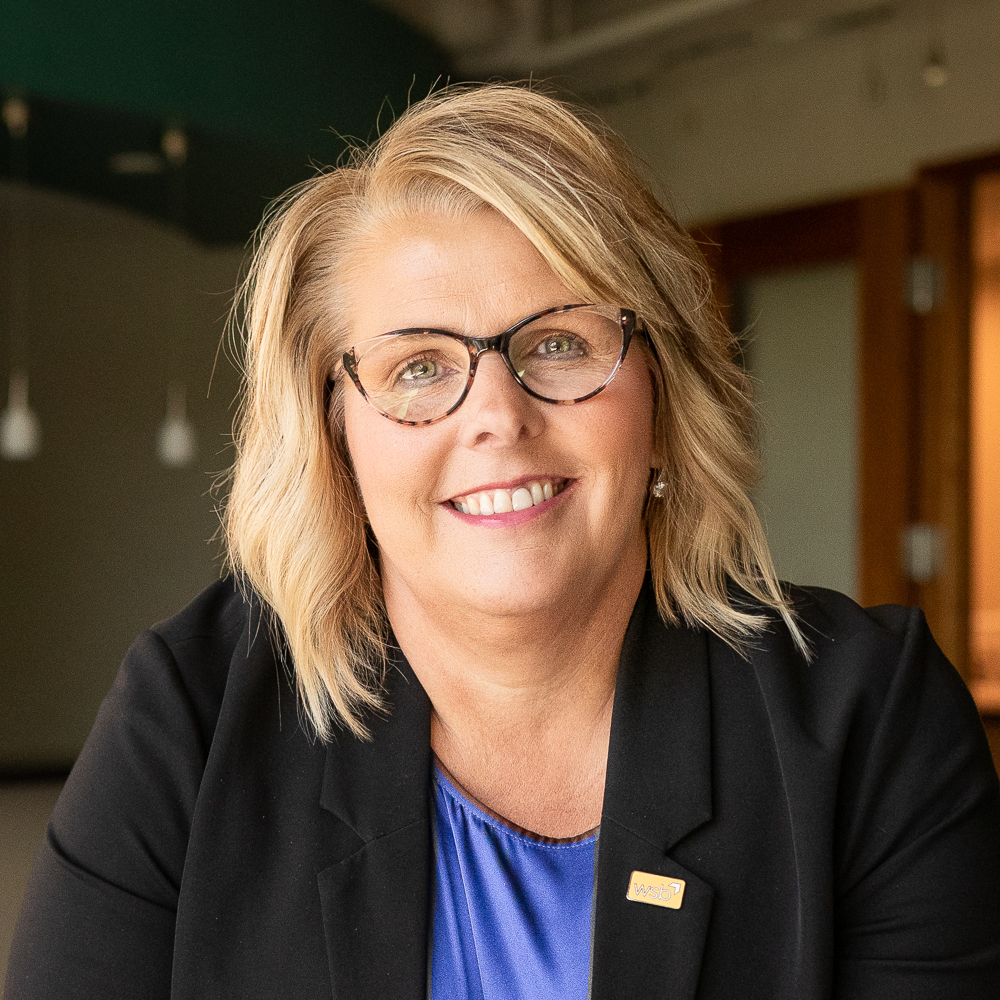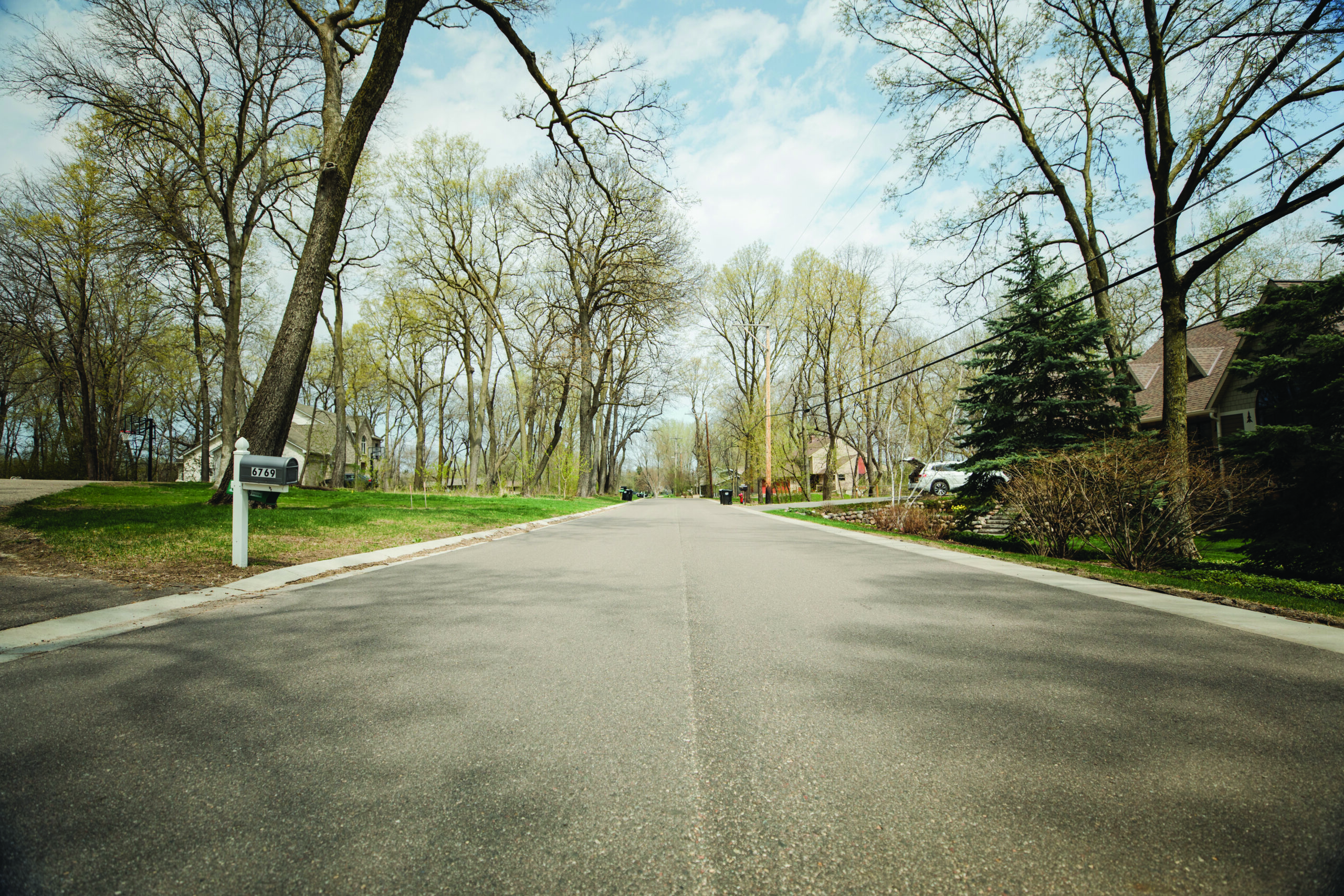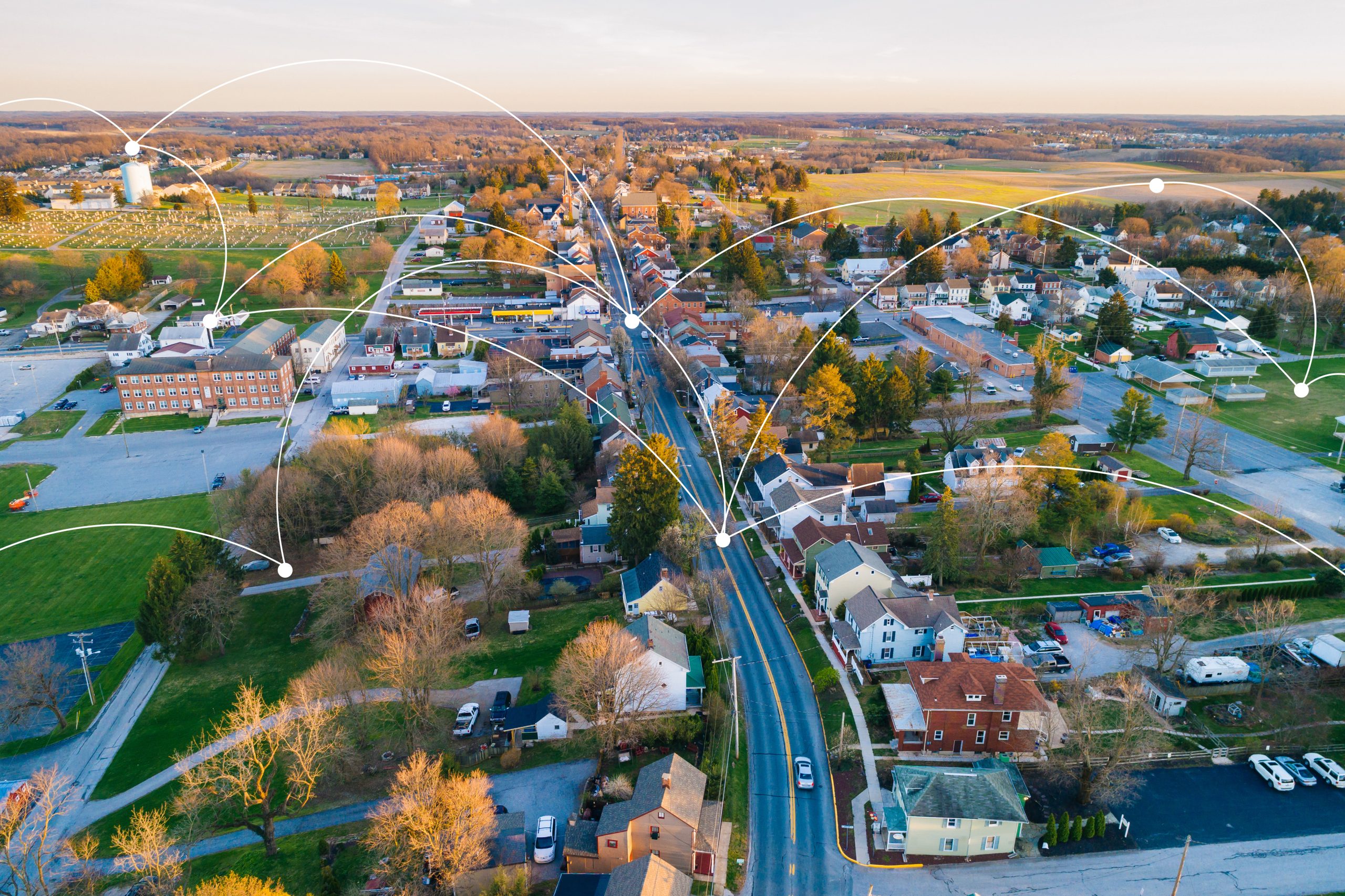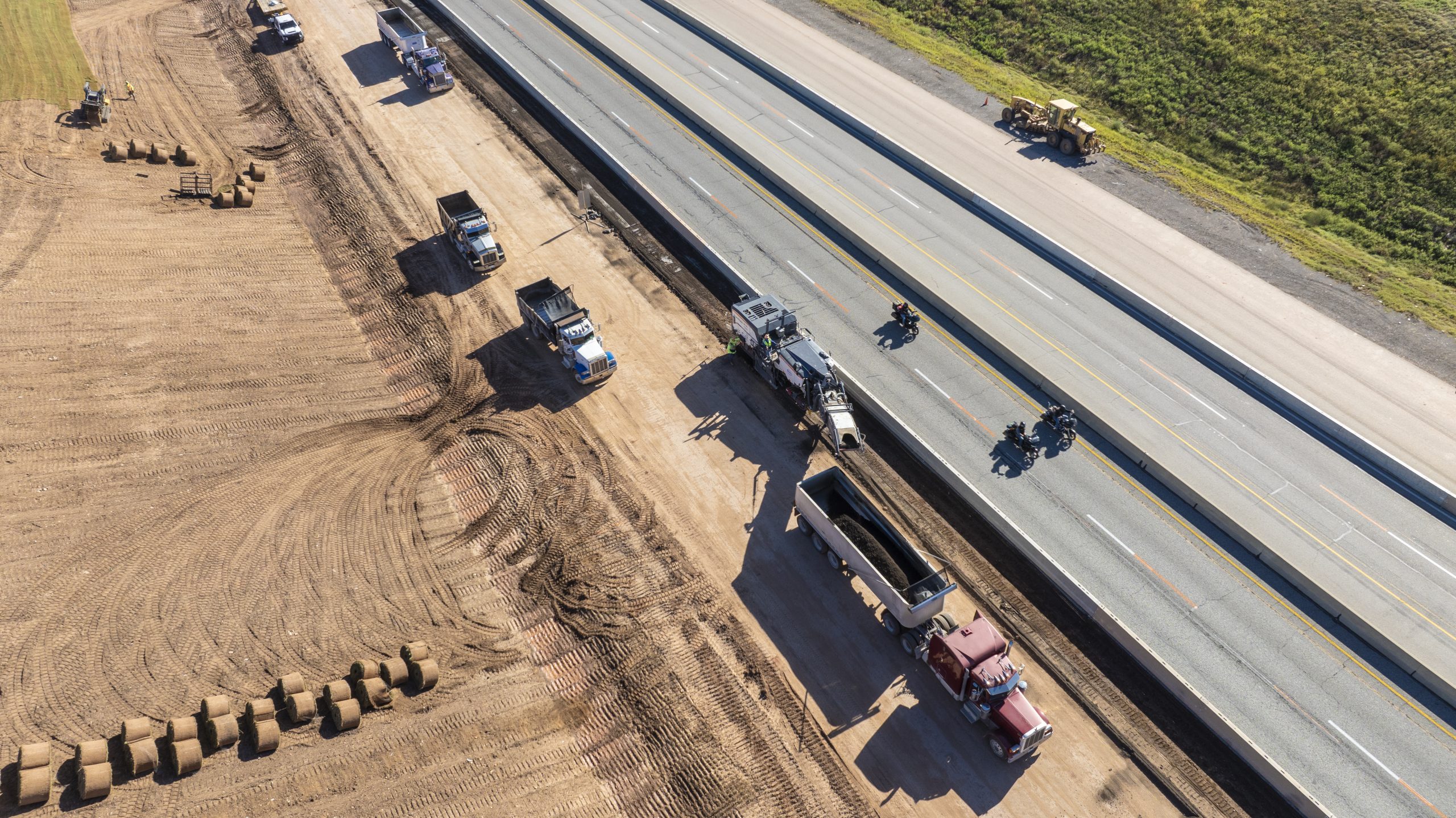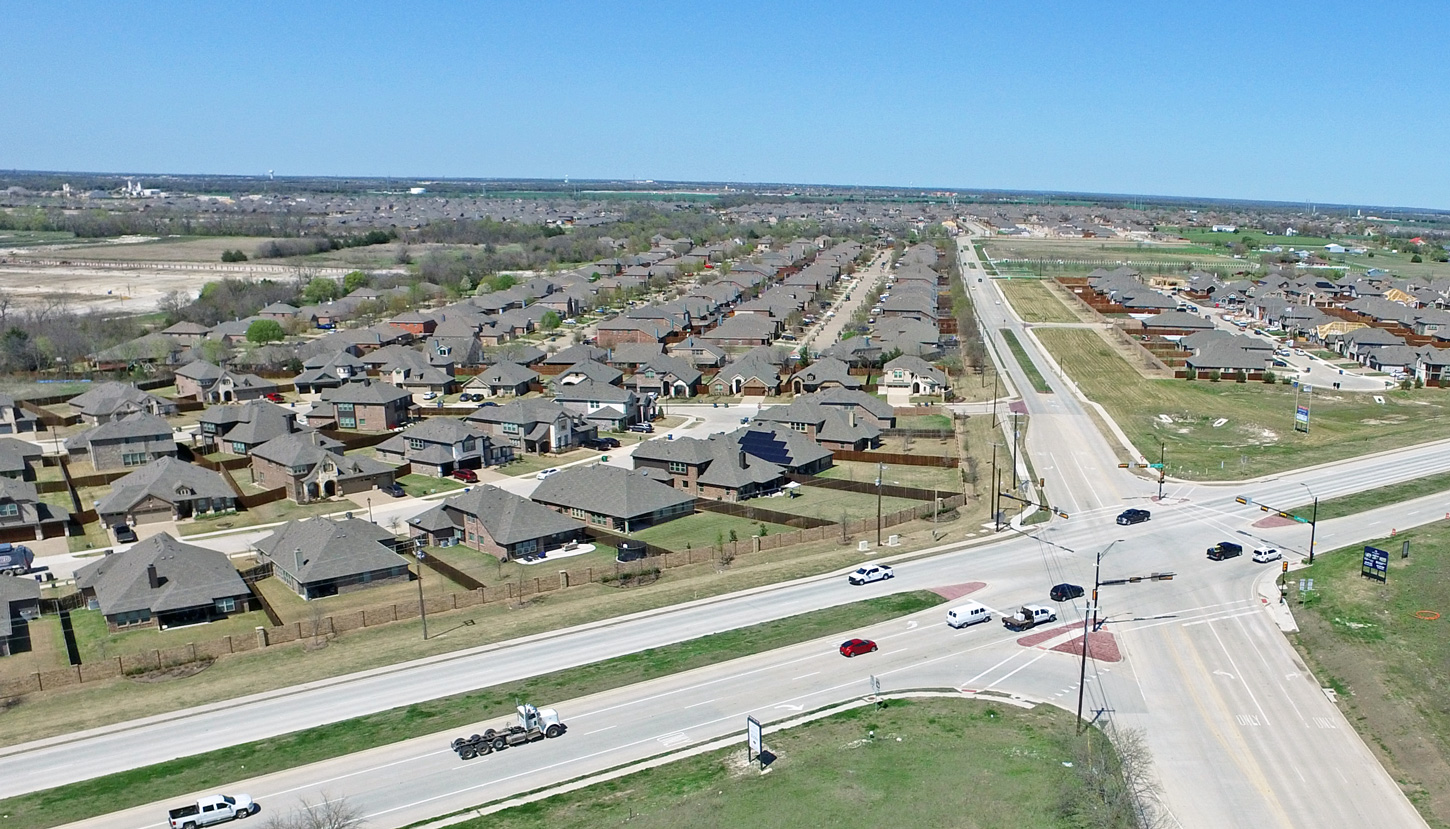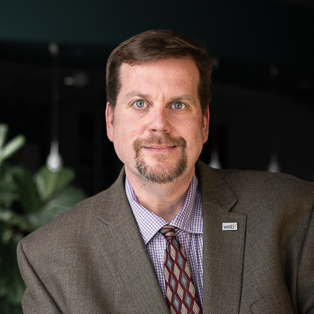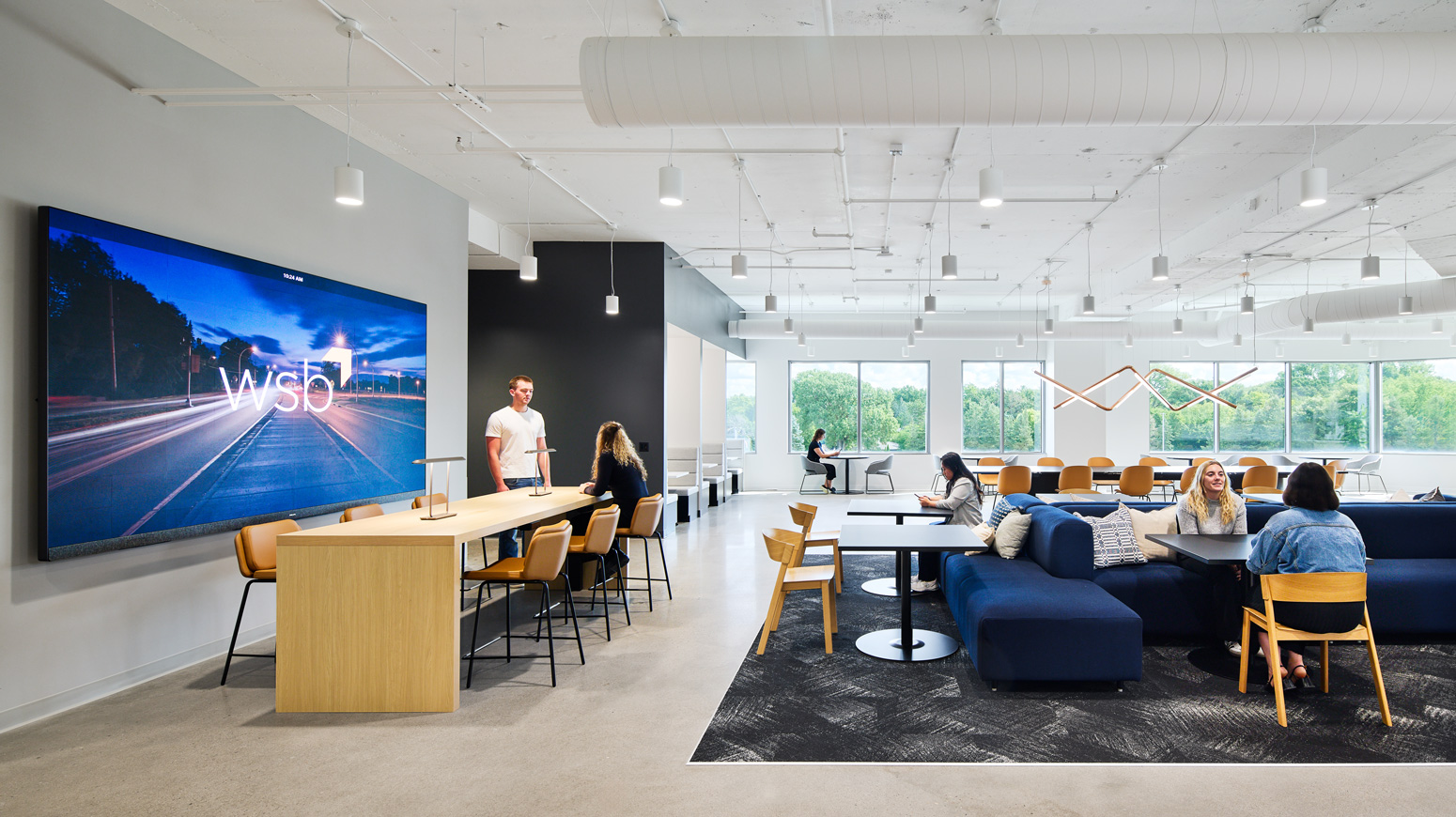March 11, 2024
By Kim Lindquist, Director of Community Planning, WSB
Governments have a wide range of responsibilities when it comes to serving their communities. State and federal grant funding can be a boon, allowing local governments to get more value from their budgets and meet a variety of community needs.
However, the process required to receive grant funding can be complex and time intensive. For many county and municipal employees, finding, writing, filing and tracking grants may require the time and resources that staff just don’t have.
That’s where partnership with outside experts to help manage the grant process can give your community a competitive edge.
Currently, WSB is contracting with Otter Tail County in Minnesota to provide grant writing and administration services. Through WSB’s Community Planning team, Otter Tail County is able to relay priorities, receive up-to-date information on available grant options, have grants written and filed and receive administrative support after funding is received – freeing up critical time and resources for competing community priorities.
Here are some tips and ideas our experts bring to communities to help them compete and secure grant funding. .
Knowing How and When to File
Understanding when to apply and what grants best fit certain projects can be a bit of an art. For example, Minnesota Department of Employment and Economic Development (DEED) grants typically run on a July to July cycle where only a set amount of funding will be available each year. So what time during the cycle a community applies can have an effect on how much a project may receive. In addition, many state agency grant programs depend on funding from the Legislature where policy decisions directly impact what may be available in a fiscal year.
Through a regularly updated database of grant opportunities, counties and municipal staff are able to see what grants are available. Many communities use this database while also partnering with WSB’s subject matter experts to create a tailor-made grant strategy.
For instance, Otter Tail County is currently able to access a digital catalog of grant examples specifically crafted to fit their particular project focuses. This is on top of regular meetings with WSB’s team to dive into deeper specifics or adjust or expand their plans. If a client initially wants to focus on parks and trails, but then later wishes to include looking into housing projects they’ll have extensive information readily available with a trustworthy team ready to assist.
From Identification Through Administration
Just as identifying and writing grants can be a tall order, many communities can struggle with tracking funding and ensuring that all grant requirements are completed. For example, the partnership with Otter Tail County was generated from their staff understanding their own limits in time and manpower to manage the grants on top of their busy schedules. To meet that need, WSB provides support in the form of administering the grant throughout the entire process. Care and attention is paid to ensure that after funding is received, all grant requirements are adhered to – a unique service WSB provides to clients that helps provide peace of mind.
The Support Needed For Success
Counties and municipalities face hurdles – from staff time and limited resources to not knowing where to start with finding the right grant for a project. Digging through a multitude of agencies and grants and understanding the sometimes-complex requirements of each individual grant can be a tall order. That is why partnership and tapping into outside experts can make a big difference.
From initial meetings to discuss goals through receiving funding and providing administrative support, WSB works with communities from start to finish. If your county or municipality requires support maneuvering through the complex grant filing process, WSB is here to help and be a partner with your community.
Kim is a planning professional with over 30 years of experience overseeing a variety of complex planning projects. She has worked in high growth communities with developers and the public on entitlements for residential development and attracting business to the city.
[email protected] | 763.287.8303



